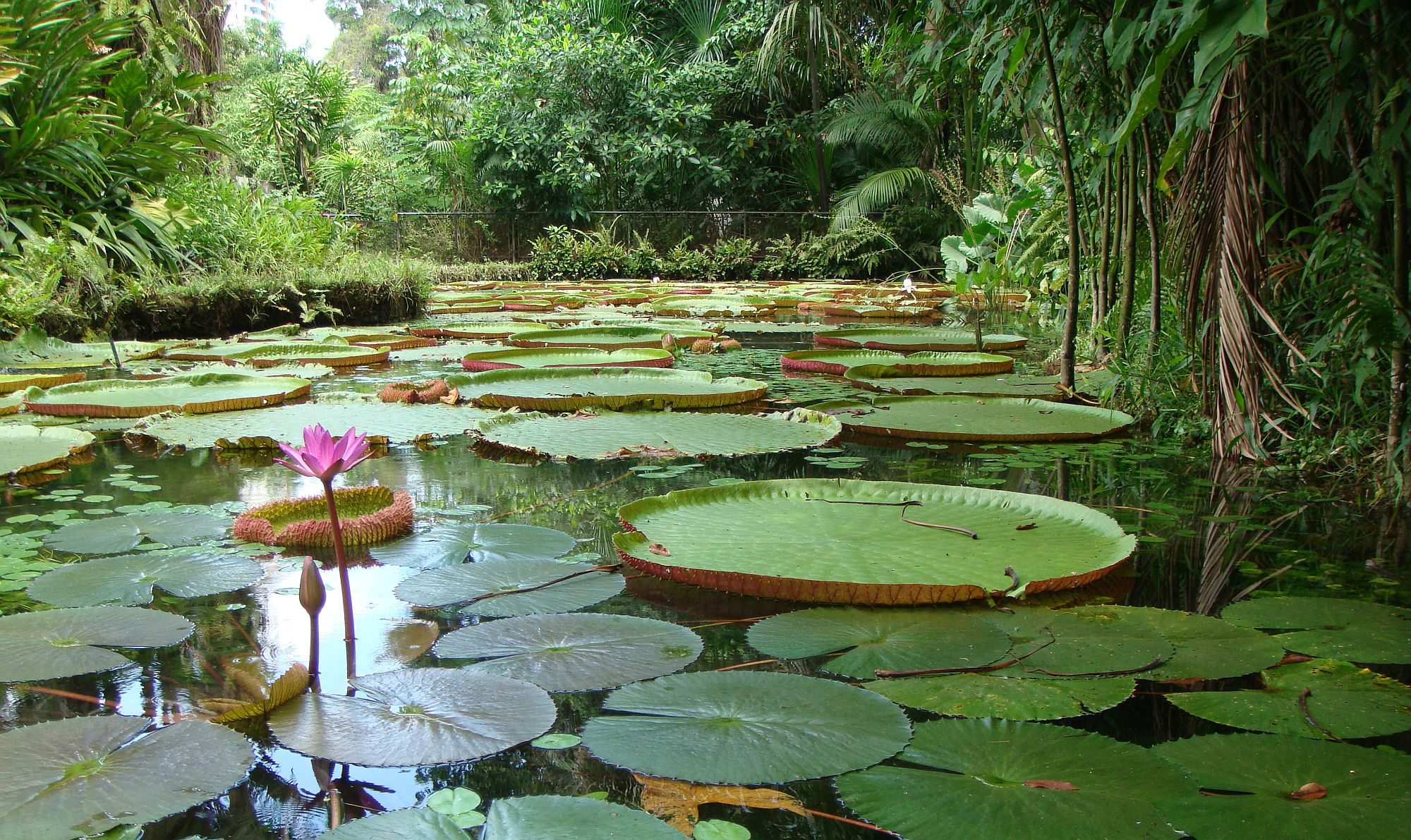Scientists report that the Amazon region has more than 6,700 species of native trees, a figure substantially lower than the 16,200 species estimated in previous reports.
However, they say this does not mean that its tropical rainforests are less diverse than previously thought.
“On the contrary, the difference between previous estimates and the current figures from this new study just highlight the huge gap in taxonomy that needs filling”, said Domingos Cardoso, from the Biology Institute at the Federal University of Bahia, Brazil.
He is also the coordinator of the international team of scientists that published the findings in the October issue of the journal Proceedings of the National Academy of Sciences.
“Without scientific evidence, we might put at risk our biodiversity, which is a unique and indispensable heritage.”
“The Amazonian region has an extraordinary richness of plants, and the number of tree species found reflects that we currently know only a part of the biodiversity hosted by the largest tropical humid jungle of the world”, added Cardoso.
The inventory of plant species was carried out by scientists from the eight countries covered by the Amazon rainforest, along with colleagues from the United States and Europe.
They verified that a total of 14,003 species of seed plant (any plant that bears seeds) exist in the Amazon forest stretching from Brazil to Bolivia, Ecuador, Colombia, Peru, Venezuela, the Guianas, and Suriname. Legumes are the most numerous, numbering almost 1,380 species.
After carefully checking existing databases of Amazonian plant species located in regions up to an altitude of 1,000 meters, they determined that a number of species were included in three earlier studies (2016, 2016 and 2009) in error. For one study, this amounted to 3,794 species or 40 per cent of the total number of species recorded.
These mistakes ranged from including the same tree plant with different names, or classifying as Amazonian native plants from other Brazilian regions or other parts of the world, to classifying bushes or plants as trees.
“Two tree species from the Myrtaceae family were quoted mistakenly over 200 times,” said Cardoso, whose specialty is taxonomy and molecular phylogeny of plants — the cataloguing, classification and understanding of the evolutionary history of plant species.
This specialization allowed him to spot some of the errors: on reviewing a list published in 2016, he found that at least 400 names of species that only thrive in the Brazilian dry-forest region of Caatinga had been labeled incorrectly as Amazonian.
Then, working together with Tiina Särkinen from the Royal Botanic Garden Edinburgh in Scotland, and Luciano Paganucci de Queiroz from the Federal University of Feira de Santana in Brazil, he convened 44 scientists to carry out a review of previous lists that uncovered other mistaken entries.
To produce the new catalogue, they used taxonomic information that has been updated and verified by hundreds of specialists from all over the world, such as the data available on Flora de Brasil 2020.
This method differs from the one followed in the previous studies. One of these, for example, collected information from over 200 museums, universities, herbaria and botanical gardens that was then entered in two databases: the Global Biodiversity Information Facility and SpeciesLink. However, the entries had not gone through a process of taxonomy validation.
According Cardoso and Särkinen, Flora de Brasil is a digital platform that gathers data from hundreds of years of field work in the Amazon region, with input from countless taxonomists.
They are convinced that taxonomically validated catalogues are a solid basis for understanding the development and ecology of Amazon forests in the face of climate change and other environment changes.
“Knowing the precise number of Amazonian native trees is very important to guide the formulation of conservation initiatives,” said Cardoso. “Without scientific evidence, we might put at risk our biodiversity, which is a unique and indispensable heritage.”
According to researchers, large numbers of inventories are still needed in the Amazon. “There are immense gaps of data collection. Some areas where we never have collected even a plant are bigger than some Brazilian states,” said Tiina Särkinen. “Certainly, there are many new species waiting to be known by science.”
This piece was originally published by SciDev.Net’s.

